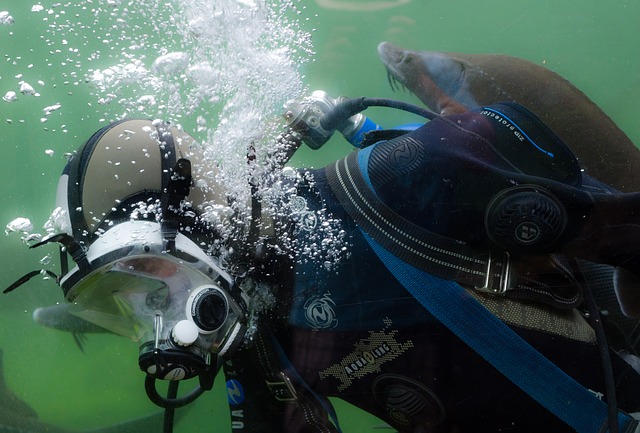Scuba diving is fun for all levels of divers. As you progress and learn more about diving there are certain things you will figure out as being important. We have outlined a few items below to help you on your journey of learning to be a great scuba diver.
Article sponsored by Baton Rouge Grease Trap Cleaning Service

Buoyancy
Possibly the number one scuba skill for every diver to master is controlling buoyancy. Granted, mastering the skill is not essentially hard, but it demands a peaceful, attentive mind and firm movements. Divers can achieve this with the aid of a buoyancy control device (BCD). Buoyancy control is established by numerous features, specifically BC inflation, ballast weight, trim, exposure suit buoyancy, deepness, and breathe control.
By handling your buoyancy, you’ll evade harming corals, artifacts, and aquatic environments by hauling your tools or extremities nearby the seafloor.
Measured Descents
The dive, by definition, must always be executed leisurely and serenely. And only get in the water when you have checked your gear is fixed and the flow is safe for diving. You will need to continually balance the compression in your ears as you go down, and I make emphasis on the leisure and serenity that is needed for this skill because descending too fast can cause your eardrums to break.
Clearing Your Mask
No mask seal is impenetrable underwater. More specifically, none seal is invulnerable to the facial expressions you may make while going through the experience and your smiles can make your mask to get out of position. Don’t worry, this is not your fault, and it is not forbidden for you to smile while performing such a fun activity, but what I’m trying to say is that to do appropriate scuba mask clearing, breathe in deeply through your mouth then press the top edge of your mask to your forehead while opening the bottom seal and puffing hard through your nose. Angle your head back to aid the air blow out at ease.
If you must to stop for a moment to do this, warn your scuba buddy so you do not get divided.

Emergency Ascents
Emergency ascents are rare since divers always check their equipment thoroughly before going into the water, but still, something just as running low on air is already enough to deserve an emergency ascent and you should know what to do during these situations.
Practice PADI’s four emergency ascent methods (normal ascent, alternate air source ascent, emergency swimming ascent, and buoyant emergency ascent) at any possible time so you don’t freak out when a real emergency takes place.
Diving Hand Signals
Underwater communication is vital, but the equipment specifically designed for this is costly and not always all that dependable, so the best way to ensure safe communication between you and your diving buddies are the appropriate hand signals. Some of these signals will differ a little according to your location at the time and the person giving the briefing, but the major and most fundamental signs, like “out of air” and “okay,” are universal.
Pay attention to the hand signals argued at the dive briefing so you know how to signal to your buddy whatever situation you come across while you’re all underwater. Let it be problems with your equipment, to be careful of the marine life, or to clear out your mask as mentioned above.
Thank you for visiting our site. We hope you are learning some great information. If you have any comments or questions we ask that you contact us today. If you have any great diving tips of your own, please submit them here, and if we use your tips on our site we will be sure to give you full credit. One last thing we ask you to visit our sponsor who provides great used cooking grease recycling in Baton Rouge, LA
